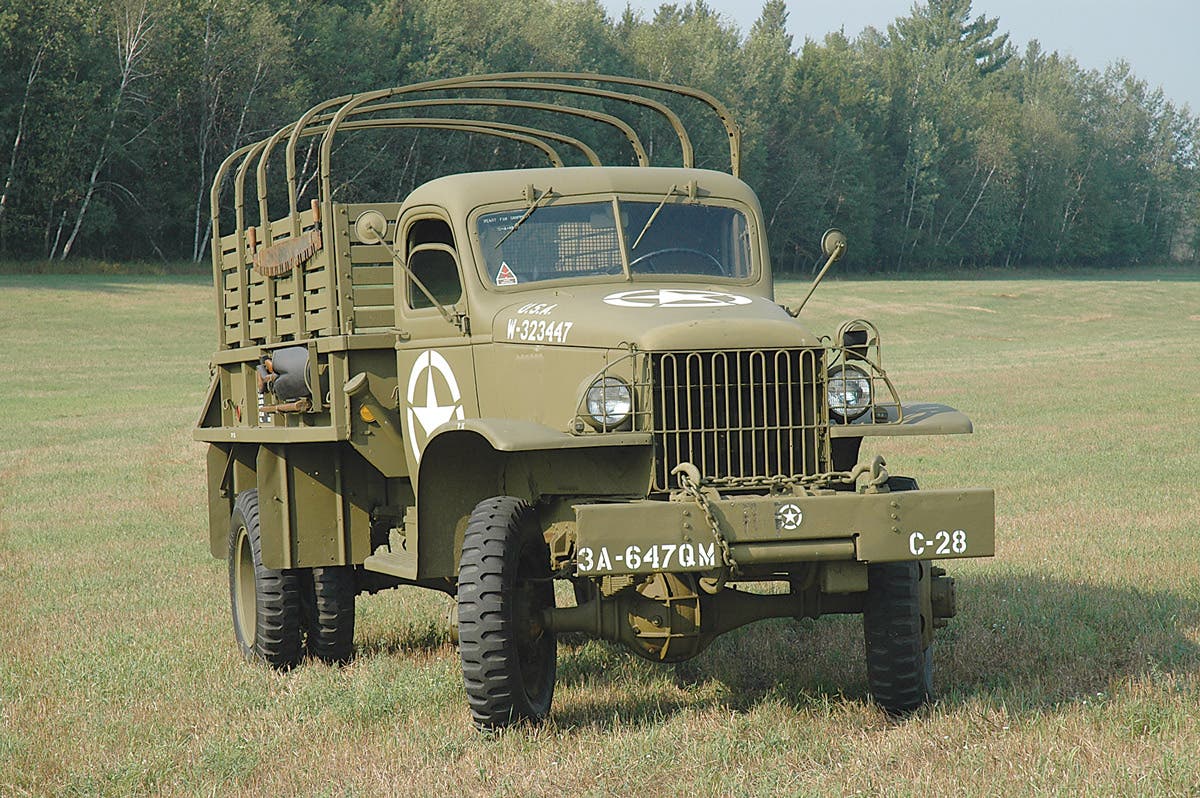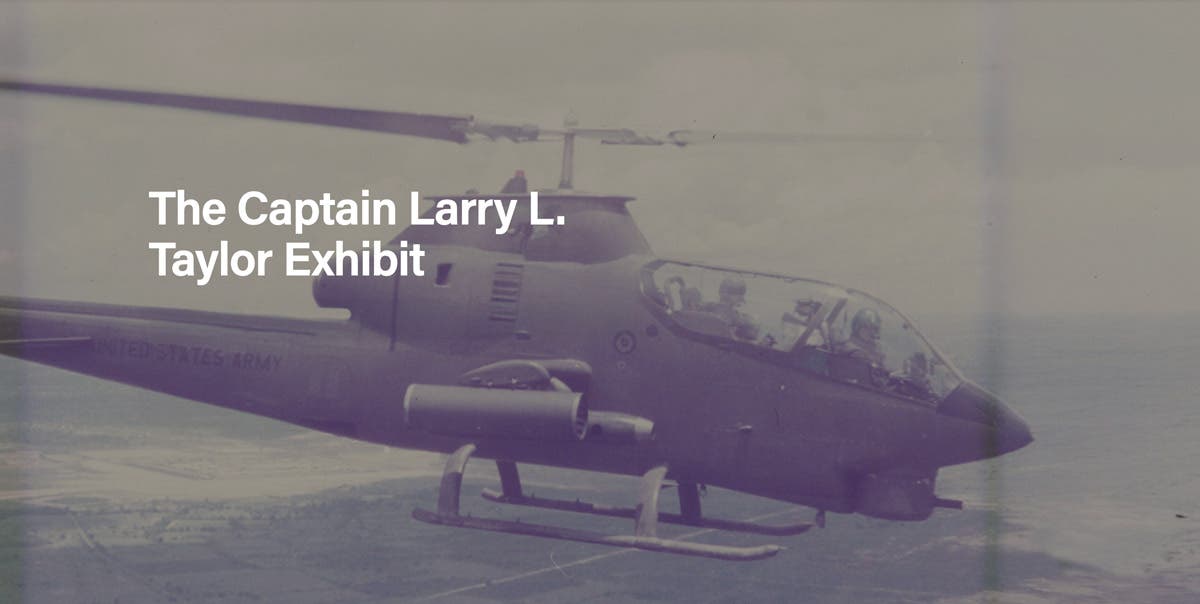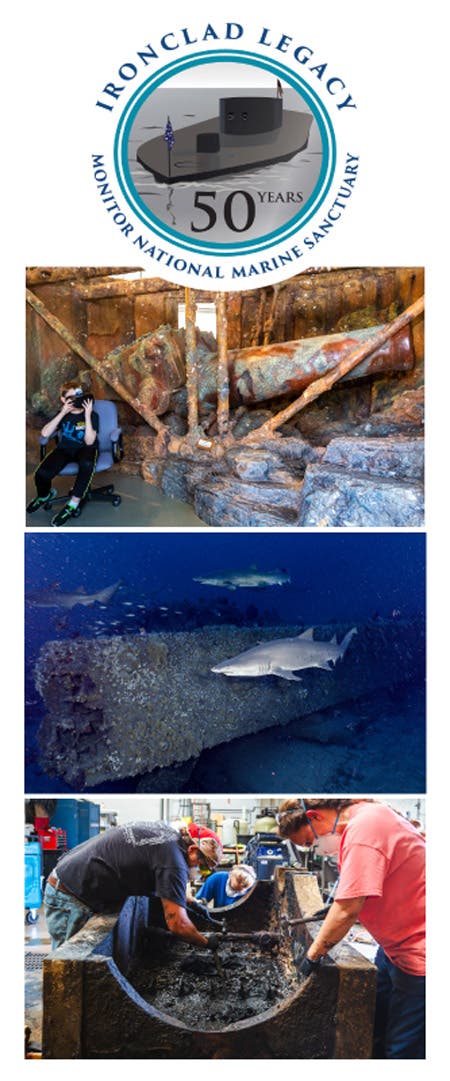Pulled from a river in Poland
by Mateusz Sakowicz (Editor’s note: In the June 2015 issue of Military Vehicles, Mateusz Sakowicz presented the story of a Sherman “Firefly” restored to driving condition in Poland. We are…
by Mateusz Sakowicz
(Editor’s note: In the June 2015 issue of Military Vehicles, Mateusz Sakowicz presented the story of a Sherman “Firefly” restored to driving condition in Poland. We are honored to have another story about of another fascinating vehicle brought back to life by a dedicated group of military enthusiasts from Poznan.)
During WWII, Poland was a battleground, beginning with the German invasion in 1939. Two years later, the Nazis unleashed Operation Barbarossa with the first battles in Eastern Poland in 1941. This was followed by the Polish Resistance Uprising in 1944, and subsequent Soviet offensive on Polish land in 1944-45. Therefore, it is not a surprise that a lot of military equipment was scattered around the whole country.
Under the Communist regime, many Soviet tanks, including infamous T34s, became monuments to commemorate the Poles who fought Germans on the Eastern Front. After the tragic losses suffered by Poland during the war – up to 6 million people – there was a strong urge to get rid of any equipment that was of German origin. Every German military vehicle that was recovered was perceived as a fascist symbol and ended up being scrapped or literally melted down in the heavy industry plants.
On one hand, this approach should not be surprising as the deep wounds of war were still very fresh. However, from a historical standpoint, it led to the almost complete elimination of artifacts related to Poland’s opponents. This resulted in Polish military museums lacking military equipment that Polish troops were fighting against.
The situation started to change gradually, after Poland regained her full sovereignty in 1989. Not long after, a new approach gained credence: The equipment of Poland’s opponents should also have its place in Polish military museums.
The availability of such equipment, however, was then already very limited. Finding any German vehicle indecent condition was challenging and required dedication, lengthy research, and an immense amount of luck. In light of this, discovering a nearly complete Stug IV gun was a huge affair.
A STUG LOST TO TIME
The Sturmgeschütz IV (StuG IV – Sd.Kfz. 167), was a German assault gun variant of the Panzer IV used in the latter part of the WWII. It followed the successful concept of its predecessor, StuG III, an assault gun variant of the Panzer III.
A prototype of StuG IV was developed on the PzKpfw IV tank chassis and officially presented in December 1943, and went into production shortly thereafter. StuG IV assault guns were given an exclusively tank destroyer role in 1944-45 and proved to be an effective weapon on both Eastern and Western fronts. There were 31 StuG IV guns converted from PzKpfw IV tanks, as well as the 1,108 production vehicles. One of them was discovered over 60 years after WWII in the Rgilewka river in the vicinity of the town of Grzegorzew in Western Poland.
The discovery stemmed from events starting in 18 January 1945, when German forces were withdrawing westward before the advance of the 1st Belorussian Front under the command of marshal Georgy Zhukov. Two German tank destroyers, including “our” StuG IV, were moving in the direction of Koło on a railway embankment. Suddenly, one of the guns broke down and had to be abandoned. Its crew hurriedly attempted to destroy its weapons and other equipment before fleeing.
“Our” StuG IV continued the retreat, driving down an embankment to reach the Rgilewka river. It attempted to cross the river, but the ice on the river must have suddenly given way under the weight of the vehicle (50,705 lbs – of 23 tons!). The gun sank immediately, taking two of its four crew members under. The other two crewmen managed to escape.
In the -4°F temperature and soaked uniforms, they approached a nearby village where they obtained dry clothes from the local population and spent the night. They left the next morning in order to continue towards the West. However, they did not manage to get far, as they were caught by Russian troops from the Mechanized Corps and Second Guards Tank Army, under Colonel Chariton Jesipienko. They were shot and buried on the spot.
In the Spring of 1945, the other two bodies of the tankers who sunk with the vehicle were found, along with their military badges, indicating that among their campaigns, they had served in the Crimea between 1941-1942.
In 1954, there were two attempts to retrieve the wreck from the river conducted by Polish soldiers. First, two tanks attempted to pull it out, but the steel towing cables did not hold. The towing vehicles dug themselves into the soggy ground.
A railway crane was deployed during the second attempt, but the weight of the load nearly derailed it. Only some wooden logs were excavated. The military eventually gave, up and the gun was left to the river, fading from memory for the next five decades.
REDISCOVERY
Finally, in 2006 the subject of the buried gun was brought back again to light, by a group of historians and excavators from Sopot. The vehicle was relocated at the bottom of the river, covered with 10 feet of silt. Therefore, it had to be excavated with the assistance of a wide range of experts, including divers, as well as heavy equipment. The proximity of an international railway line and electric traction added to the complexity of the endeavor.
Several attempts were required. The vehicle was removed from the river in two main operations. The superstructure was successfully removed in 2006. The hull was more challenging, and after complex preparations, another attempt was conducted in 2008.
A special dam was constructed to enable the team to “surface” the vehicle.The StuG was then lifted with steel cables as compressed air was pumped under the hull. Eventually, the hull was pulled out of the riverbed by an armored recovery vehicle. Engineers and police experts were also on hand, as they anticipated that there would be unexploded ordnance and possibly human remains in the wreck. Indeed, there were 49 live rounds in the vehicle.
The recovered vehicle was then transported to the Armored Warfare Museum in Poznan, where it was immediately entrusted to a group of dedicated restoration specialists. Experts from the Military Industrial Plant in Poznan fully dismantled the vehicle. Then they thoroughly cleaned and catalogued all parts.
The StuG’s condition turned out to be very good, thanks to the lack of oxygen in the riverbed. However, the reconstruction process needed to be fast in order to prevent corrosion.
The cleaning process revealed very low mileage – 211 km (131 miles) – for the StuG IV. Investigation indicated that the StuG belonged to the 2nd company of the Anti-tank Battalion of the “Brandenburg” Panzergrenadier Division.
Some personal belongings of the crew were also found, most notably, cutlery, a pen, shaving tools, a torch, a snuffbox, and a drafting triangle signed “Krause” – the gun commander’s name. There was also a lighter with an engraved inscription reading,“Weihnachten 1943 - 44. Ernst Saffert, Ternitz”, indicating that it was probably a Christmas gift to one of the crew members.
A COMMITMENT TO HISTORY
A number of workshops with various technicians and experts, scattered literally across the whole country, from Sopot at the seaside to Opole in Silesia, were engaged in the reconstruction process. It is important to note that all of them provided their services, free of charge, as they simply wanted to become a part of this remarkable project. Some of the missing parts were also obtained, thanks to the generosity of private collectors from Poland, a Polish military enthusiast living in Germany, and a Finnish collector, who donated a complete gun firing mechanism. Among other donated parts were a missing carburetor, two gasoline pumps, as well as a mechanic’s dashboard and an ignition switch. Once the list of all electric parts was completed, an expert on military vehicle wiring had to spend long hours on connecting all of the elements together.
The lack of detailed technical documentation of the vehicle posed serious difficulties. However, a very useful catalogue of the engine parts was eventually obtained. According to Lieutenant Colonel Tomasz Ogrodniczuk, who coordinated the whole reconstruction effort as the curator of the Armored Warfare Museum in Poznan, “95% of the parts in the vehicle are original.” One of these additional parts making the assault gun look more authentic and complete was a spare wheel. It was removed from the vehicle in 2006, kept in stock for the vehicle’s arrival, and was finally re-attached to the superstructure.
All the engine parts needed to be thoroughly cleaned and checked to restore the vehicle to driving condition. Engineers disassembling the engine were impressed by the quality and accuracy of the screw-threads and the screws – there were no signs of rust, and no single screw-thread got damaged during the unscrewing. The quality of materials used and screws fit was top- notch. It turned out that the final parts needed to complete the engine were some gear-wheels, as the original ones were broken. As their 9.5’’ size was a bit unusual, a special mill was created to accurately replicate these parts.
The restoration professionals knew that any preemptive attempt to start the Maybach HL 120 TRM 12-liter engine might cause a serious malfunction. The 300-hp engine requires 26 liters of oil and consumes 310 liters of gas per 100 km (0.78mpg). After careful preparations, including the adjustment of the carburetors, the engine was started for the first time in low gear in June 2009. The work on the ZF (Zahnradfabrik Friedrichshafen AG) Aphon SSG 76, (gearbox) also posed some challenges, due to its unique synchronization features.
As always, there were surprises along the way. For instance, most of screws used in the vehicle were of a conical shape that required special keys. The conical shape was a security feature foreseen by the StuG’s engineers. In case the gun was hit, such screws did not turn into deadly “bullets” that would penetrate the interior of the superstructure. Rather, they became wedged in their sockets.
The whole reconstruction process was fast, considering its complexity – it commenced in July 2008, and concluded in late summer of 2009. Once the StuG was officially presented, it was featured in several videos that took the “You Tube” portal by storm, being among the most popular videos in categories such as “Science & Technology” and “Motorization”.
In late June, the circle of history brought the gun back to where it was originally found. StuG IV was transported back to the place where it spent more than six decades, close to the town of Grzegorzew where the local population could admire the giant in motion. Afterwards, the StuG returned to Poznan for good, as an exhibit of the Armored Warfare Museum. It can now be admired there, as one of a very few such vehicles still remaining in the world, (one located in the White Eagle Museum in Skarzysko-Kamienna , also in Poland, and a third one in Latvia).








